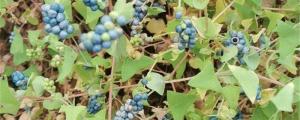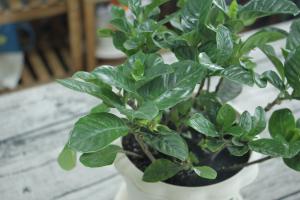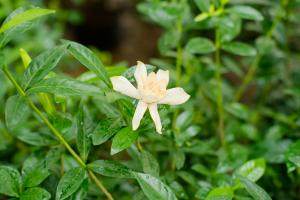Is Pine Tree a Flowering Plant?
When people think of flowering plants, they often picture colorful petals and sweet fragrances. Pine trees, on the other hand, are known for their towering height, evergreen needles, and pine cones. So, is pine tree a flowering plant? The answer is not a simple yes or no, but rather a complex explanation of the tree's reproductive system.
Pine Tree Reproduction
Pine trees are gymnosperms, which means "naked seeds." Unlike flowering plants that have enclosed seeds within a fruit, gymnosperms have seeds that are exposed and not encased in an ovary. Pine trees reproduce through a process called pollination, where male cones release pollen that fertilizes female cones. The fertilized female cones mature into the iconic pine cones that we associate with coniferous trees.
Flower vs. Cone
Flowers are the reproductive structures of angiosperms, which are flowering plants. They have petals and a range of colors, shapes, and sizes that attract pollinators such as bees and butterflies. Cones, on the other hand, are the reproductive structures of gymnosperms such as pine trees. They do not have petals and are usually brown or green in color. Cones are much less showy than flowers, but they serve the same purpose— to produce and distribute seeds.
Pine Tree Cone Structure
Pine cones are made up of scales that protect the seeds inside. Female cones are usually larger than male cones and take longer to mature. The scales of the female cone have two ovules each, which after fertilization, will become a seed. The scales also have a resinous coating that protects the developing embryo inside. When the cone matures, the scales open, and the seeds are released. This mechanism ensures that the seeds are spread far and wide, increasing the chances of successful reproduction.
Pine Tree and Evolution
The pine tree's unique reproductive system has allowed it to survive for millions of years. Gymnosperms, such as pine trees, have been around since the Jurassic period and were one of the earliest types of plants to evolve. While flowering plants, which appeared much later in evolutionary history, have their advantages, the gymnosperms have adapted to survive in harsher environments such as the arctic regions and high altitudes.
Conclusion
Pine trees do not have flowers like we typically think of, but they do have reproductive structures that are similar in function. Cones are the plant's method of producing and distributing seeds. The unique reproductive system of gymnosperms has allowed them to survive and thrive for millions of years. So, while a pine tree may not have the showy blooms of a rose or lily, it is certainly a fascinating and important plant in its own right.

 how many times do yo...
how many times do yo... how many planted tre...
how many planted tre... how many pine trees ...
how many pine trees ... how many pecan trees...
how many pecan trees... how many plants comp...
how many plants comp... how many plants can ...
how many plants can ... how many plants and ...
how many plants and ... how many pepper plan...
how many pepper plan...































